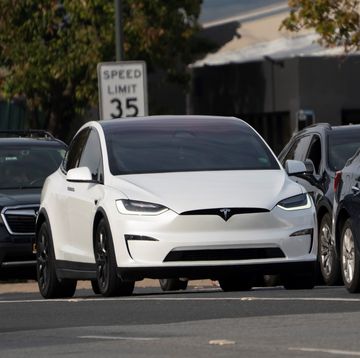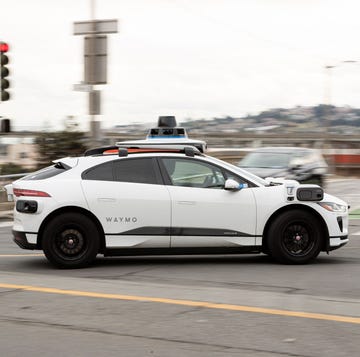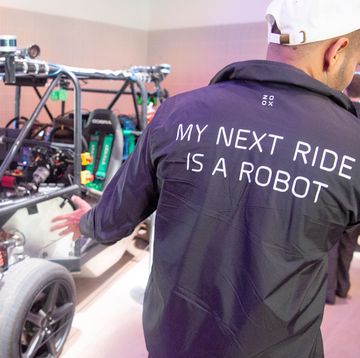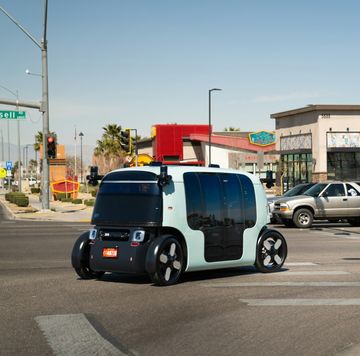You know how frustrating it is when you press a button or turn a knob in your car and something doesn't work as it should or doesn't work at all.
As we move into the era of self-driving vehicles -- many of which will have a 48-volt system in the powertrain -- electrical failures can't happen. A camera, radar or lidar unit that functions intermittently or stops functioning could cause a fatal accident, and a short-circuit in the battery pack or electric motor in an electric vehicle can start a fire.
Delphi engineers have been studying electrical gremlins in automobiles on the road by looking at warranty data. It's an effort to understand where and why failures occur and part of an industrywide push to banish electrical problems. Delphi has been talking with German and French automakers and by year end, could have a good idea of how next-generation electrical systems will be configured.
Here's one -- ahem -- shocking finding from Delphi's research: Connectors fail not because of corrosion from moisture, improperly seated terminals that work loose during driving or improperly crimped or damaged wires. Connectors fail and take a vehicle's electronic accessories down mainly because of mistakes made during assembly. The main reason for electrical failure is because both parts of the plastic housing that holds the wire terminals are not fully mated, Delphi says.
During a visit to Delphi's tech center north of Detroit, I asked Glen De Vos, the company's chief technology officer, and Mary Gustanski, Delphi's vice president of engineering, how the industry will eliminate electrical problems in self-driving vehicles with high-voltage powertrains.
You might think the answer is simple: Design foolproof wire connectors and flawless assembly methods so that wiring harnesses can't be mishandled.
It's far more complicated than that. The next generation of vehicles that have self-driving features and electrified powertrains will borrow a page from the commercial aviation industry and have redundancy built into their electrical architectures.
That means safety critical systems will still work if there is a power interruption or some other failure.
And to make that work, you just put two of everything in a car, right?
Again, it's far more complex than that.
"We are spending a lot of time right now with the OEMs developing what those strategies are," De Vos says. "Simply duplicating everything is really expensive, especially if you have to duplicate it in different ways. It's like two different development efforts. But fundamentally that's what we have to look at: How do you provide redundancy and fail-operational capability?"
Gustanski said redundancy is more than two sets of wires and components. It's onboard computers that can sense when there is a failure in one computer and then automatically provide backup.
"For safety critical systems, we don't want to leave the driver stranded," she said. "We [have to] make sure there is a way to get you where you need to be, maybe in limp-home mode. So, in the vehicle's electrical architecture we [might] go to centralized computing, one for safety and one for the electrical architecture because they end up backing each other up."
Weight and cost are two big problems with adding redundancy. But Delphi and other companies are attacking those issues.
On the second-generation Chevrolet Volt and the latest Toyota Prius, for example, General Motors and Toyota engineers eliminated most of the heavy copper cables by installing the cars' power electronics directly on the transmission, where the electric motors are housed.
Delphi, Gustanski said, is working on a new generation of lightweight aluminum wires that can also reduce cost. She said aluminum wire, combined with thin-wall insulation, can reduce weight by as much as 40 percent vs. copper.
There's no doubt Delphi and its competitors and engineers at Ford, GM, Toyota, Daimler, BMW and elsewhere will solve these problems and make electrified, self-driving vehicles reliable.
But at what cost? How much more expensive and complex can vehicles get before they are unaffordable?












